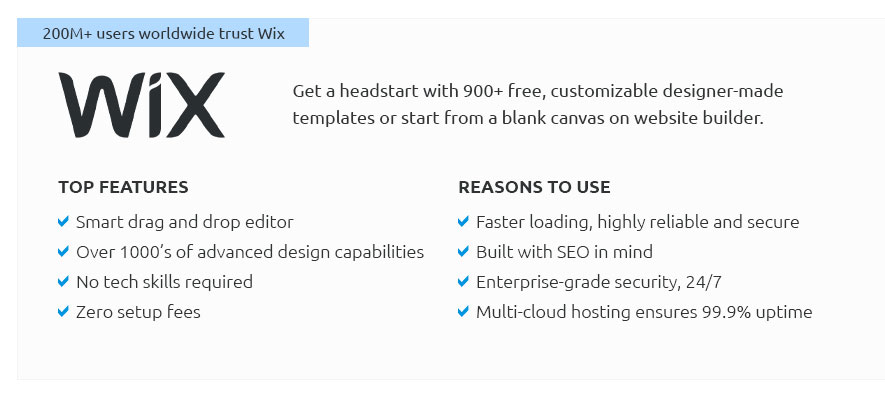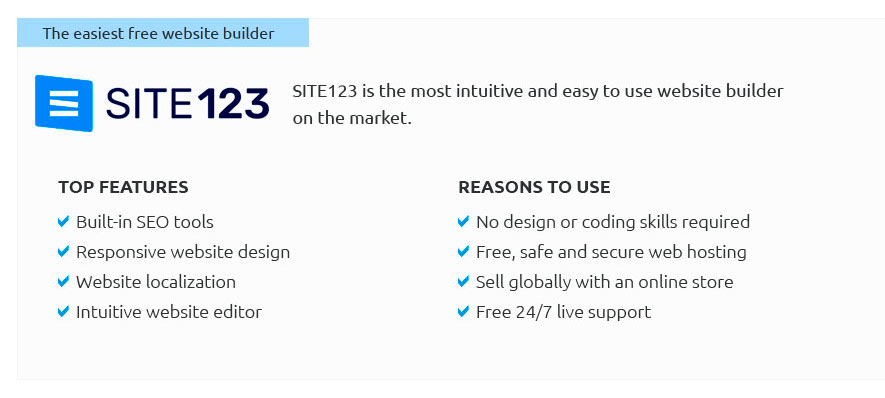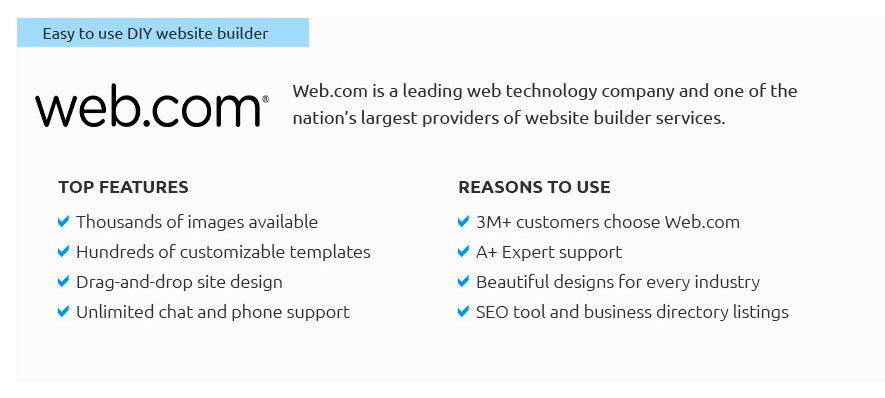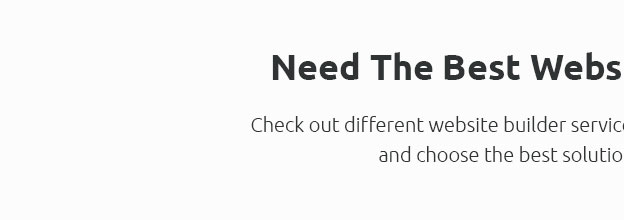 |
 |
 |
 |
|
 |
 |
 |
|
 |
|
 |
 |
|
 |
|
 |
|
 |
 |
How to Make a Full Stack WebsiteCreating a full stack website is a journey that takes you through the fascinating layers of web development, where you harness the synergy between frontend and backend technologies to craft a cohesive digital experience. To begin, you must first understand that a full stack developer is akin to a digital Swiss Army knife, proficient in both the visible parts of a website that users interact with, known as the frontend, and the behind-the-scenes logic and database interactions that constitute the backend. This dual expertise is not just about technical skills, but also about adopting a holistic mindset towards building web applications. Starting with the frontend, this is where creativity meets technology. You will typically use HTML, CSS, and JavaScript to bring your design to life. HTML, or HyperText Markup Language, acts as the skeleton of your website, giving it structure. CSS, or Cascading Style Sheets, adds the flesh and beauty, allowing you to style your site with colors, layouts, and fonts. JavaScript, the programming language of the web, breathes life into your site with interactivity and dynamic content. Modern frameworks like React, Vue, or Angular can further enhance your development process, providing tools to build complex user interfaces efficiently. These technologies enable the creation of responsive, intuitive, and aesthetically pleasing designs that captivate users. On the backend side, you delve into the engine room of your web application. This is where you handle data processing, storage, and retrieval, typically using server-side languages like Node.js, Python, Ruby, or PHP. The choice of language often depends on the specific needs of your project and personal preferences. With Node.js, for instance, you can write JavaScript both on the client and server sides, which can simplify development for those already familiar with it. For data management, you'll likely use databases such as MySQL, PostgreSQL, MongoDB, or Firebase. These databases store the information your application needs to function, from user accounts to content management. Connecting the frontend and backend is the realm of APIs (Application Programming Interfaces), which act as bridges that allow different parts of your application to communicate. RESTful APIs or GraphQL are popular choices for designing these interactions, enabling seamless data exchange between client and server. Understanding how to craft and consume APIs is a crucial skill for full stack developers, as it forms the backbone of the modern web's interconnected nature. In the world of full stack development, version control is indispensable. Platforms like Git and GitHub not only facilitate collaboration with other developers but also help track changes and manage different versions of your codebase. Mastering these tools is essential for maintaining a well-organized and error-free development process. While technical skills form the foundation of full stack development, equally important is the ability to think critically and solve problems creatively. As you embark on this journey, you'll find that a successful full stack website is not merely a collection of technologies, but a harmonious blend of design, functionality, and user experience. This synthesis is what transforms a static webpage into a vibrant platform where users can engage, interact, and find value.
In conclusion, while the path to becoming a full stack developer can be challenging, it is equally rewarding, offering the chance to understand the web in its entirety and create impactful applications. Embrace the learning curve, stay curious, and let your passion for technology drive you forward. After all, the art of full stack development is about crafting more than just a website; it's about building experiences that connect and inspire. https://www.reddit.com/r/webdev/comments/leq3wa/where_do_you_start_first_when_building_a_full/
Build your DB/models according to your tables planned. Build the api based on the data your front end needs (replace every hard coded object/ ... https://medium.com/@isaac.adams/part-1-from-0-to-1-creating-a-full-stack-web-application-platform-from-scratch-and-operating-it-cd56ed8c2b0a
I'm approaching this series by creating a simple website and iterating through several rounds of scaling and refactoring it to eventually support web-scale ... https://www.freecodecamp.org/news/how-to-build-a-full-stack-application-from-start-to-finish/
How to Architect a Full-Stack Application from Start to Finish - Design the front-end - Build the front-end - Build the persistence layer (back-end ...
|